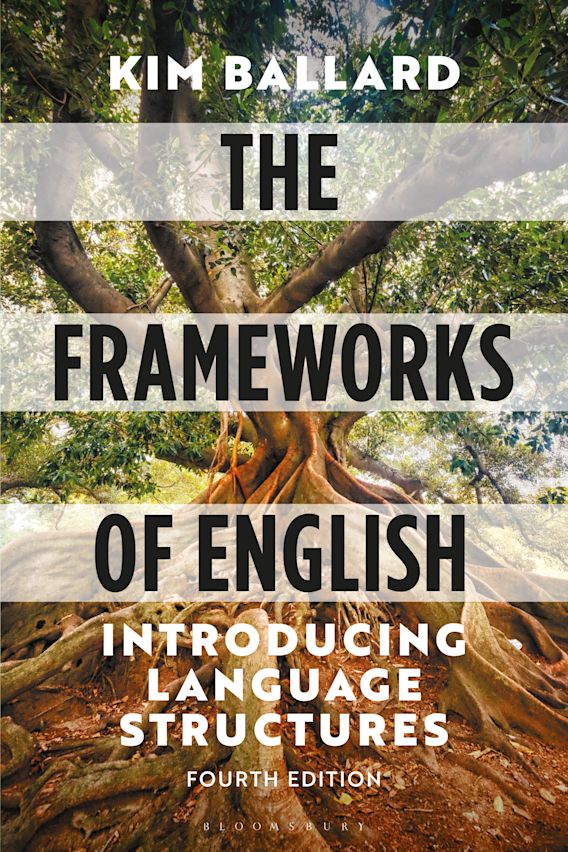



johndoe@gmail.com
Are you sure you want to reset the form?
Your mail has been sent successfully
Are you sure you want to remove the alert?
Your session is about to expire! You will be signed out in
Do you wish to stay signed in?
This exercise relates to an extract of historical English from Section 13.3, and includes questions on a range of linguistic features, with the final question inviting you to explore the text on a discourse level.
This extract (of uncertain authorship) is from a long ‘debate’ poem, a popular format for medieval poetry. The debate takes place between two birds – an owl and a nightingale – whose lively verbal contest has been overheard by the poem’s narrator. This section occurs near the beginning of the poem, when the indignant owl replies to the nightingale’s attack on her ugly appearance and voice. Although you’ll probably find this text a little easier to understand than Extract 1, most readers still require the help of a modern version. (The symbol ⁊ stands for ‘and’, while letter <ȝ> is usually pronounced as a voiced velar fricative [ɣ].)
| þos hule abod fort hit was eve ho ne miȝte no leng bileue vor hire horte was so gret þat wel neȝ hire fnast atschet ⁊ warp a word þar-after longe hu þincþe nu bi mine songe wenst þu þat ich ne cunne singe þeȝ ich ne cunne of writelinge | This owl waited until it was evening. She could bear it no longer for her emotion was so great that her breath could hardly escape and eventually she threw out a word: ‘What do you think of my song now? Do you suppose that I don’t know how to sing because I know nothing about trilling?’ |
Question 1
During the ME period, many inflections fell out of use. Apart from the -e endings on some nouns and verbs (usually the traces of previous inflections), can you identify any other inflection(s) still in use in this passage?
Answer/discussion
Other than -e, the only inflectional form in this passage is on the verb form wenst, a second person singular present tense inflection, which disappeared from English during the Early Modern period. (See Section 13.10.)
Question 2
Identify the personal pronouns used in this extract. To what extent, if at all, have they changed from their OE counterparts?
Answer/discussion
| hit | third person singular, neutral, subject/object form |
| ho | third person singular, feminine, subject form |
| þe / þu | second person singular, object and subject forms |
| ich | first person singular, subject form |
The pronoun hit is unchanged in form from Old English, but is now being used as a dummy subject. (See Section 6.3.) The feminine pronoun ho is a ME regional variant of heo. Its modern counterpart she is not yet widely established. Interestingly, þe and þu are used in consecutive lines as sentence subjects, even though þe is the objective form. It’s hard to know quite how to account for this anomaly. The first person written form ich has superseded the OE form iċ, along with a pronunciation change.
Question 3
Looking at the negative clauses (lines 2, 7, 8) and the question structures (lines 6 and 7), again, is there any evidence of syntactic change from Old English?
Answer/discussion
The negative structures, as in OE, are based on the use of the negative particle ne being positioned before the main verb. The question structures use subject-verb inversion: the operator do is not yet in use.
Question 4
A significant number of medieval texts present animals in an anthropomorphic way. In this short passage, what linguistic strategies are used to give the owl human characteristics? Is this kind of representation found in any contemporary genres?
Answer
The owl is presented as she rather than it, and her ‘human’ indignation is clearly emphasised: she can bear her feelings no leng, and her emotion is so gret that she can hardly (wel neȝ) breathe. The fact that she’s portrayed as a speaking creature is, of course, her most human feature, and she addresses the nightingale in a very accusatory manner: hu þincþe… wenst þu… The structural and semantic parallelism of these two lines seems to suggest her agitation.
In the modern age, literature containing humanised animals has been popular for the last two hundred years, especially in children’s fiction. Newer genres include cartoons and films, video games, and television ads. While some of these are clearly aimed at children, much of this discourse appeals to, or is partly (or wholly) directed at adults. Our ready acceptance of speaking animals raises some interesting questions about our perceptions of language and language use.

.